Do you remember the “Butcher of Kabul”? Or Mohammad Najibullah, former President of Afghanistan, who modeled Afghanistan’s intelligence agency KHAD after the Soviet KGB? Due to the brutality of its operations, ordinary Afghans used to refer to Najibullah as the “Butcher of Kabul.”
Najibullah’s regime fell in 1992, after which Afghan Mujahideen took control of Kabul. Nearly nine years later, in September 2001, the world changed when terrorists attacked the Twin Towers of the World Trade Center in New York City. The U.S. held Osama bin Laden’s Afghanistan-based network al-Qaeda responsible for the attack. In the aftermath, Bagram entered the global spotlight.
Bagram Airbase: A Key U.S. Military Hub
In January 2002, U.S. troops arrived at Bagram Airbase, located about 60 kilometers from Kabul. It was developed into a massive and strategically crucial military complex, later known globally as Bagram Airbase. Four years after the 2021 U.S. troop withdrawal, the American administration is reportedly seeking to reclaim control of this base. The question now is: why is Bagram suddenly back in the spotlight?
What’s Inside Bagram?
According to Afghan media outlet TOLO News, following the U.S. military deployment in 2001, Bagram was transformed into a military city. It featured two runways, each 3 kilometers long—capable of handling bombers, fighter jets, and massive cargo planes.
The base housed thousands of containers, barracks, restaurants, hospitals, shops, and even gyms. For U.S. troops stationed across Afghanistan, Bagram became a “second home.”
Just before the Taliban returned to power in 2021, U.S. troops left Bagram in the dead of night. The next morning, locals and Afghan forces found the base empty. The U.S. Central Command later confirmed that equipment equal to the load of 900 C-17 aircraft had been removed, and about 16,000 pieces of equipment had been destroyed.
A Soviet-Era Legacy
While the U.S. vastly expanded Bagram, they weren’t the first to build it. The airbase was originally constructed in the 1950s with help from the then Soviet Union. In 1979, the Soviets deployed troops to protect Afghanistan’s communist government. Soviet forces used Bagram until 1989, launching operations from the base against the Afghan Mujahideen.
Why Bagram Is Back in the Spotlight
TOLO News reports that Donald Trump, during his second presidential campaign, expressed regret over losing control of Bagram at least 20 times. He frequently claimed the base had fallen into China’s hands.
According to NBC News, Trump called the loss of Bagram a strategic disaster and, last Thursday, publicly stated for the first time that efforts were underway to regain control of the base. He highlighted its geographic importance, saying:
“The place where China is developing nuclear weapons is just about an hour away from Bagram.”
Speaking aboard Air Force One, Trump also emphasized Bagram’s strength:
“In terms of runways and capabilities, it’s one of the most powerful airbases in the world. You can land anything there.”
Regional Power Dynamics
Afghan political analyst Fazl Manallah Momtaz told TOLO News that Bagram is critical for regional influence. Even the Soviets used it to monitor neighboring territories.
The significance of Bagram is also reflected in visits by three U.S. Presidents — George W. Bush, Barack Obama, and Donald Trump (during his first term) — and then-Vice President Joe Biden, all before the U.S. withdrew in 2021.
Another analyst, Syed Abdullah Sadiq, said that Afghanistan’s geographic location already gives it strategic value. The presence of a major base like Bagram only amplifies that importance.
Will the U.S. Deploy Troops Again?According to CNN, discussions about regaining control of Bagram have been ongoing since March. Trump and his top national security advisors believe the base is essential for several reasons:
- Monitoring China
- Controlling access to Afghanistan’s rare minerals
- Establishing a counter-terrorism hub targeting ISIS
- Gaining diplomatic leverage
However, to realize these goals, U.S. troops would need to return to the base.
Taliban Responds, Trump Warns
Following Trump’s statements, the Taliban government quickly rejected the idea of handing Bagram back to the U.S.
Zakir Jalali, an official in the Taliban’s Foreign Ministry, posted on X (formerly Twitter):
“While we’re open to building economic and political relations based on mutual respect, Afghans have never accepted foreign military presence. Based on the Doha Agreement with the U.S., redeployment of troops is not an option. Still, the door remains open for further communication.”
In response, Trump issued a veiled threat on Truth Social on Saturday, saying:
“If Afghanistan doesn’t return control of Bagram Airbase, something very bad might happen.”
China’s Response
Responding to Trump’s comments about China’s nuclear program near Bagram, Chinese Foreign Ministry spokesperson Lin Jian stated on Friday:
“China respects Afghanistan’s independence, sovereignty, and territorial integrity.”
He added:
“Afghanistan’s future should be decided by its own people. Attempts to stir up regional tension or provoke conflict will not be welcomed.”



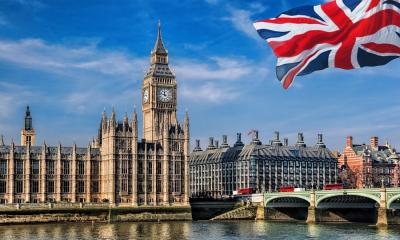

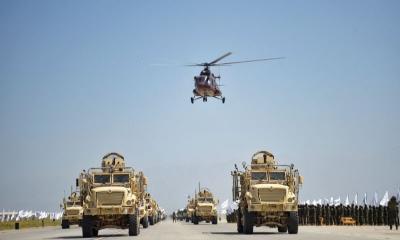

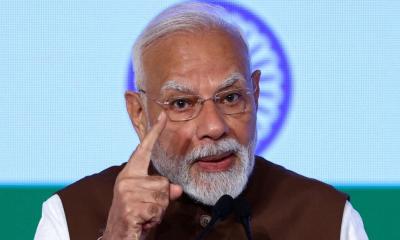
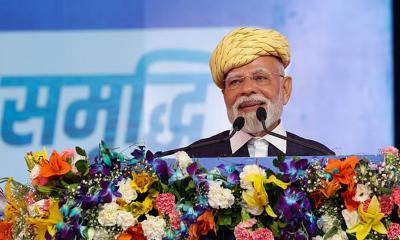
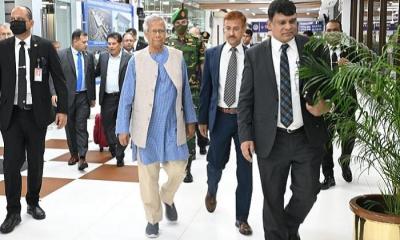


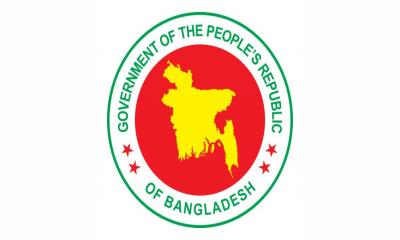
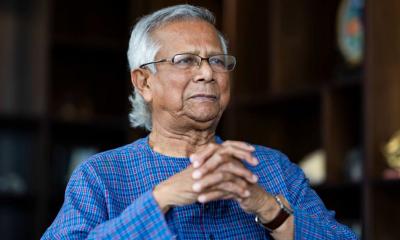











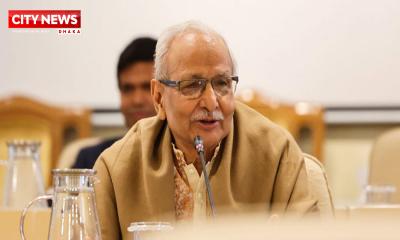

Comment :